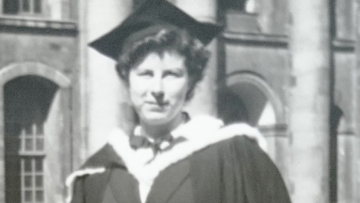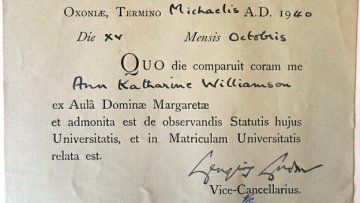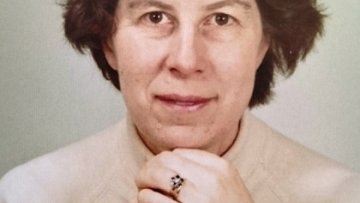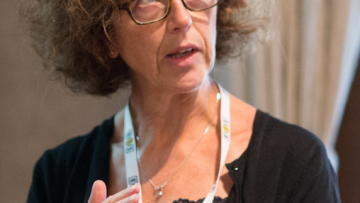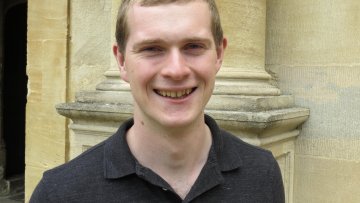Some examples of the Baum-Connes assembly map
Part of UK virtual operator algebras seminar: https://sites.google.com/view/uk-operator-algebras-seminar/home
Abstract
We will introduce the Baum-Connes conjecture without coefficients, in the setting of discrete groups, and try to explain why it is interesting for operator algebraists. We will give some idea of the LHS and the RHS of the conjecture, without being too formal, and rather than trying to define the assembly map, we will explain what it does for finite groups, for the integers, for free groups, and finally for wreath products of a finite group with the integers (the latter result is joint work with R. Flores and S. Pooya; it raises a few open questions about classifying the corresponding group C*-algebras up to isomorphism).


